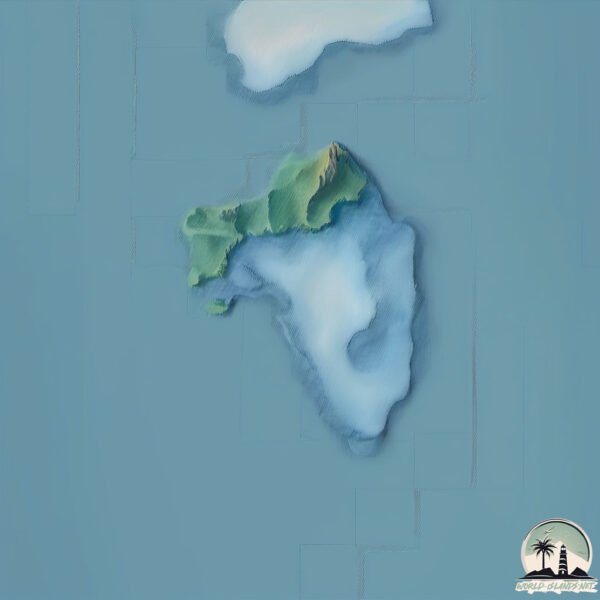Sesel

Welcome to Sesel, a Tropical island in the Indian Ocean, part of the majestic Indian Ocean. This guide offers a comprehensive overview of what makes Sesel unique – from its geography and climate to its population, infrastructure, and beyond. Dive into the details:
- Geography and Size: Explore the island’s size and location.
- Climate and Weather: Weather patterns and temperature.
- Topography and Nature: Uncover the natural wonders of the island.
- Infrastructure and Travelling: Insights on reaching, staying, and making the most of your visit.
- News and Headlines: Latest News.
Geography and size of Sesel
Size: 2.486 km²
Coastline: 11.5 km
Ocean: Indian Ocean
Sea: Indian Ocean
Continent: Seven seas (open ocean)
Sesel is a Small Island spanning 2.5 km² with a coastline of 11.5 km.
Archipel: Seychelles – An archipelago of 115 islands in the Indian Ocean, known for their stunning natural beauty, unique flora and fauna, and as a luxury travel destination.
Tectonic Plate: Sunda – Extends across Southeast Asia, encompassing parts of the Sunda Shelf, known for its interaction with the Australian Plate, contributing to volcanic activity in Indonesia.
The geographic heart of the island is pinpointed at these coordinates:
Latitude: -5.76813339 / Longitude: 53.30636837
Climate and weather of Sesel
Climate Zone: Tropical
Climate Details: Tropical Rainforest Climate
Temperature: Hot
Climate Characteristics: This climate is typified by heavy rainfall throughout the year, high humidity, and consistently high temperatures, leading to lush rainforests and rich biodiversity. Seasonal temperature variations are minimal.
Topography and nature of Sesel
Timezone: UTC+04:00
Timezone places: Asia/Dubai
Max. Elevation: 4 m
Mean Elevation: -16 m
Vegetation: Evergreen Broadleaf Forest
Tree Coverage: 79%
The mean elevation is -16 m. The highest elevation on the island reaches approximately 4 meters above sea level. The island is characterized by Plains: Flat, low-lying lands characterized by a maximum elevation of up to 200 meters. On islands, plains are typically coastal lowlands or central flat areas.
Dominating Vegetation: Evergreen Broadleaf Forest
Characterized by dense, lush canopies of broadleaf trees that retain their leaves year-round. These forests are typically found in tropical and subtropical regions and are known for their high biodiversity. Sesel has a tree cover of 79 %.
Vegetation: 3 vegetation zones – Moderately Diverse Island
These islands start to show a broader range of ecological niches. With three vegetation zones, they may offer a mix of ecosystems like coastal areas, inland woods, and perhaps a distinct wetland or dry area. This diversity supports a wider range of flora and fauna, making these islands more ecologically complex than those with minimal diversity.
Infrastructure and Travelling to Sesel
Does the island have a public airport? no.
There is no public and scheduled airport on Sesel. The nearest airport is Alphonse Airport, located 151 km away.
Does the island have a major port? no.
There are no major ports on Sesel. The closest major port is VICTORIA, approximately 270 km away.
The mean population of Sesel is 4 per km². Sesel is Gently Populated. The island belongs to Seychelles.
Continuing your journey, Silhouette is the next notable island, situated merely km away.
Seychelles is classified as Developing region: Regions characterized by lower income levels, with economies in the process of industrialization and modernization. The level of income is Upper middle income.
News – Latest Updates and Headlines from Sesel
Stay informed with the most recent news and important headlines from Sesel. Here’s a roundup of the latest developments.
Please note: The data used here has been primarily extracted from satellite readings. Deviations from exact values may occur, particularly regarding the height of elevations and population density. Land area and coastline measurements refer to average values at mean high tide.
